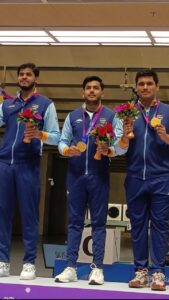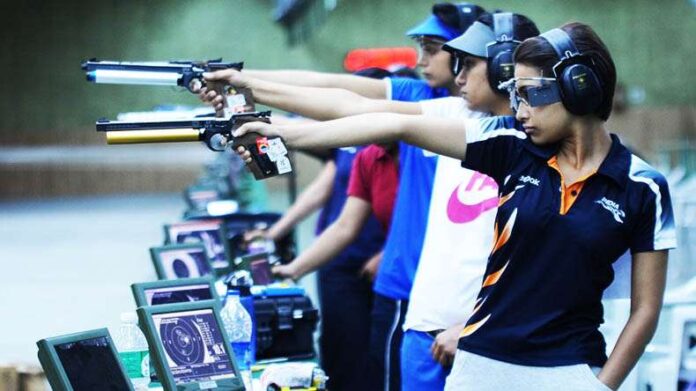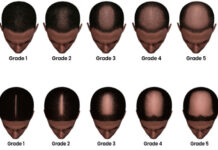India has demonstrated its depth in an event where it has historically struggled with a team event gold, an individual gold in the 50m 3-Positions event, both with World Records, a team silver for the women, an individual silver for the men, and an individual bronze for the women.
Aishwary Pratap Singh Tomar’s silver medal and Swapnil Kusale’s fourth place yesterday, after a poor 7.6 dropped him from the leading spot to outside the medal positions, confirmed how Indians have improved at the discipline, with less than a year until the Paris Olympics.
Sift Kaur Samra’s world record effort has been the best performance among all Indian shooters at this Asian Games.
The 50m events are held in open halls, which presents a new challenge for the shooters: wind. By contrast, the 10m air rifle and air pistol events are held in indoor halls.
Joydeep Karmakar, a former 50m 3P coach for India, claimed that the first step was just convincing the shooters that they needed to prepare for windy circumstances.
“I never questioned the skill of Indian shooters, although there were some technical differences between the 50m and 10m shooters. In 50m 3-position, wind is a major consideration.
What I discovered was that Indian shooters lacked the skill to fire in windy and challenging conditions, and their performance was far from optimal. Working with the wind is almost as important as practicing your fundamental moves, Karmakar told.
Aishwary, who will work with Karmakar in Bhopal, discussed how he has started to intuitively shade shots earlier, a strategy where shooters look at the wind, base their decisions on flags provided at the range, and apply gut-feel physics. This was before the World Championship.
“Not everybody has the talent for shading. Even on the team, few shooters like to utilize shade and only do so when coaches ask them to. Where to shoot and what judgments to make. However, it is now a part of my system.
In August, he told the Indian Express, “though I see the flag shift a little to the right, even though I don’t want it, my body naturally nudges to the top left.
The issue, though, was having the assurance to make these shots. Karmakar believed that one of the reasons Indian shooters struggled in Tokyo was that the sport had been taken on a nearly mechanical level, losing the shooter’s uniqueness in favor of the need to perform flawlessly. One of his first efforts as coach was to get rid of it.
“How perfect you are doesn’t matter. It depends on how tactical you are. They were shooting defensively because they were so concerned with accuracy and were so terrified of making mistakes that they had the attitude “I will not make a mistake.” ‘I’m not frightened of making a mistake’ was the largest philosophical shift we needed to make.
Then there was the domestic competition. Swapnil Kusale won India’s first 50m 3P quota at the 2022 World Championships after placing second in qualifying and fourth overall.
In order to guarantee that two Indians will compete at the competition in Paris, Akhil Sheoran took home the bronze medal at the 2023 World Championships. All of them, however, greatly benefited by a revision in the 50m 3P event’s rules. a regulation that reduced the sport’s 120-shot marathon to a 60-shot competition.
“More skill and endurance are needed as the game goes on. And it takes time to develop that kind of endurance, according to Deepali Deshpande, the coach of Sift Kaur Samra, Akhil Sheoran, and Anjum Moudgil, three of India’s top 50m 3P shooters.
“The generation represented by Swapnil, Anjum, and Akhil all competed in juniors with 120-shot events. Despite their talent, they needed time to rise to the top. But as soon as the competition was reduced to 60 shots, it became clear that their endurance was greater than what was needed. And as a result, the results began to appear.
Deshpande further stated that the only things India actually lacked in the past were ammo, tools, and the capacity to test barrels—all of which have improved as a better generation of shooters has emerged.
“The availability of equipment within driving distance was a benefit to Europeans. Although it’s still difficult for us, every year we go in for equipment and ammo testing, which has really aided this discipline as well, she said.

































